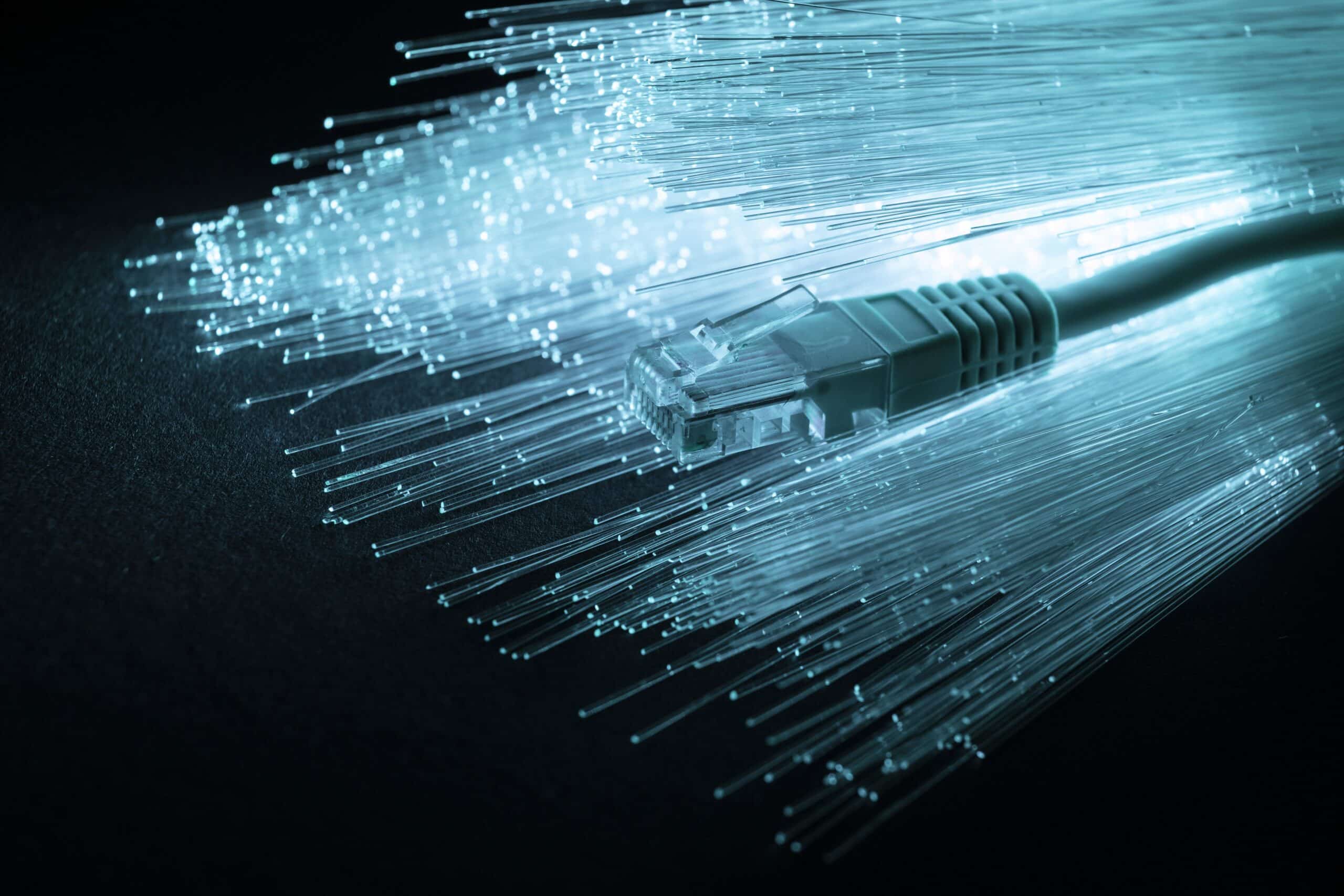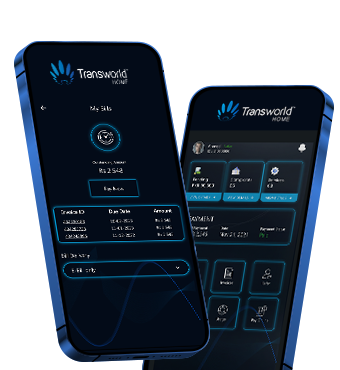Upgrade to Fiber Optic Internet for Lightning-Fast Speeds

Discover the benefits of upgrading to fiber optic internet and how it can revolutionize your online experience.
The Advantages of Fiber Optic Internet
Fiber optic internet offers several advantages over traditional internet options. One of the main benefits is its lightning-fast speeds. With fiber optic internet, you can experience download and upload speeds that are much higher compared to other types of internet connections. This means you can stream high-definition videos, video chat with friends and family without lag, and download large files in a matter of seconds.
Another advantage of fiber optic internet is its reliability. Unlike other internet connections that can be affected by weather conditions or distance from the provider’s network, fiber optic cables are not affected by these factors. This means you can enjoy a stable internet connection even during storms or when you are located far away from the provider’s central hub.
Furthermore, fiber optic internet offers symmetrical speeds, which means the download and upload speeds are the same. This is particularly beneficial for users who frequently upload large files or engage in online gaming. With symmetrical speeds, you can upload files or compete in online games without any delays or buffering issues.
Overall, fiber optic internet provides a superior internet experience with its fast speeds, reliability, and symmetrical speeds. Upgrading to fiber optic internet can greatly enhance your online activities and empower you as a modern home consumer.
Benefits of Opting for Fiber Optic Internet Service
There are numerous benefits to opting for fiber optic internet service. One of the key advantages is its scalability. Fiber optic networks have the capacity to handle increasing bandwidth demands, making it future-proof. As technology continues to advance and more devices connect to the internet, fiber optic internet can easily accommodate the growing needs of your household.
Another benefit of fiber optic internet is its low latency. Latency refers to the delay that occurs when data is transmitted from one point to another. Fiber optic cables have incredibly low latency, which means you can enjoy real-time online activities such as online gaming or video conferencing without any noticeable delay. This is particularly important for gamers or professionals who rely on clear and instant communication.
Additionally, fiber optic internet offers enhanced security. Unlike traditional copper cables, fiber optic cables do not emit any signals that can be intercepted, making it more difficult for hackers to gain access to your sensitive information. This added layer of security can give you peace of mind when conducting online transactions or sharing personal data.
Lastly, fiber optic internet is more environmentally friendly compared to other internet options. Fiber optic cables require less energy to transmit data compared to copper cables, reducing carbon emissions. By choosing fiber optic internet, you are making a conscious choice to contribute to a greener future.
Choosing the Right Fiber Optic Internet Provider
When choosing a fiber optic internet provider, there are several factors to consider. First, you should assess the provider’s coverage in your area. Fiber optic networks are not yet available everywhere, so it’s important to check if the provider offers service in your location.
Next, you should evaluate the speed options offered by the provider. Different providers may offer varying speed tiers, so you’ll want to choose a package that suits your specific needs. Consider the number of devices that will be connected to the internet simultaneously and the types of online activities you regularly engage in.
Another important factor to consider is the provider’s customer service and support. Look for a provider that offers reliable customer support and has a reputation for resolving issues in a timely manner. Reading customer reviews and checking the provider’s track record can help you gauge their level of customer service.
Lastly, compare the pricing and contract terms of different fiber optic internet providers. While cost should not be the sole determining factor, it’s important to choose a provider that offers competitive pricing and transparent billing. Consider any additional fees or installation charges that may be associated with the service.
By carefully considering these factors, you can choose the right fiber optic internet provider that meets your needs and provides a reliable and fast internet connection.
Installation Process for Fiber Optic Internet
The installation process for fiber optic internet may vary depending on the provider and the specific setup in your home. However, there are some general steps that are typically involved.
First, a technician from the fiber optic internet provider will visit your home to assess the feasibility of installing the service. They will check if there is existing fiber optic infrastructure in your area and determine the best way to connect your home to the network.
Once the feasibility is confirmed, the technician will proceed with the installation. This may involve running fiber optic cables from the provider’s network to your home. The cables are usually buried underground or attached to utility poles. In some cases, the technician may need to enter your home to install an optical network terminal (ONT) or fiber modem.
After the physical installation is complete, the technician will configure the necessary settings and ensure that your devices are properly connected to the fiber optic network. They will also perform tests to verify the internet connection and address any issues that may arise.
Overall, the installation process for fiber optic internet is typically handled by trained technicians to ensure a smooth and reliable setup. The provider will guide you through the process and answer any questions you may have.
Tips for Maximizing Your Fiber Optic Internet Connection
To make the most of your fiber optic internet connection, consider the following tips:
1. Connect your devices directly to the fiber optic modem or router using Ethernet cables for the best speeds and stability.
2. Keep your modem and router in a central location to ensure optimal coverage throughout your home.
3. Regularly update your devices’ firmware and software to ensure compatibility with the latest fiber optic technology.
4. Use a high-quality router that supports the speeds offered by your fiber optic internet provider.
5. Secure your Wi-Fi network with a strong password to prevent unauthorized access and protect your data.
6. Avoid overcrowding the Wi-Fi channel by limiting the number of devices connected to your network or using a dual-band router.
7. Consider using a wired connection for bandwidth-intensive activities such as online gaming or streaming 4K videos.
By following these tips, you can maximize the performance and reliability of your fiber optic internet connection and enjoy lightning-fast speeds for all your online activities.








